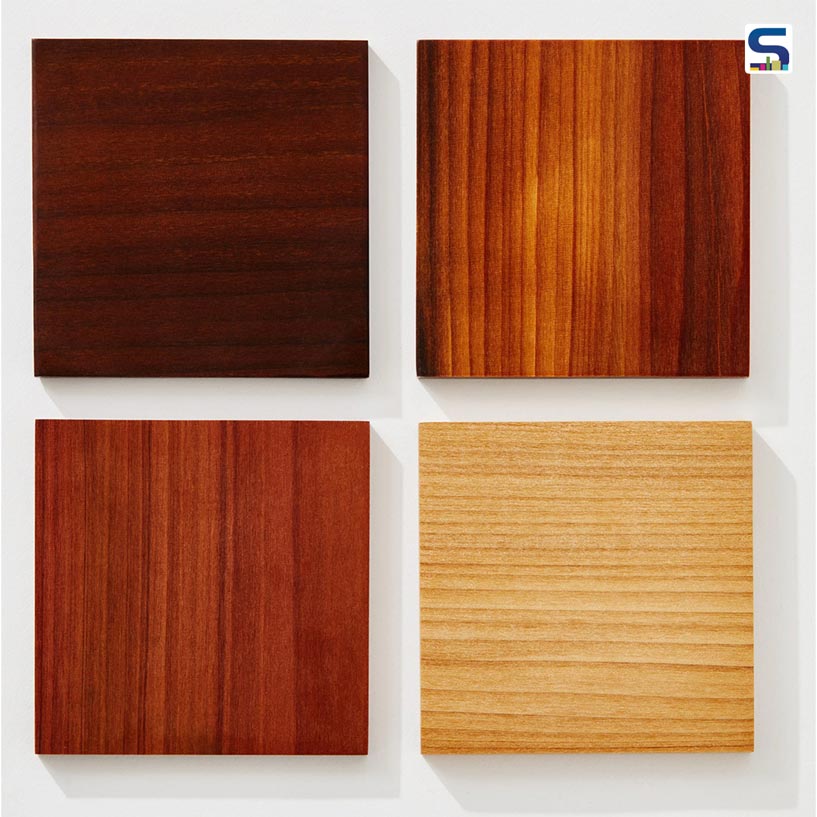
Wood has long been celebrated for its warmth, versatility and natural appeal, but it has always come with structural limitations, up until now. InventWood, a Maryland-based startup, has achieved what once seemed like science fiction. Reportedly, they have developed a form of Superwood that is stronger than steel yet remains unmistakably wood in appearance and texture. Through a process that restructures the material at a molecular level, the company has created a revolutionary product that combines the strength and resilience of advanced composites with the sustainability and warmth of natural timber. With over $50 million in funding and a new facility in Frederick coming up, InventWood is on the verge of reshaping how the world builds. Know more about it on SURFACES REPORTER (SR).
Stronger than steel
The engineered Superwood boasts 50 per cent more tensile strength than steel while weighing dramatically less, resulting in a strength-to-weight ratio ten times greater than steel. It is bulletproof, fire-resistant and yet retains the tactile and visual qualities of wood. One can still feel its grain and admire the organic patterns running through it. For architects and builders, this means the freedom to design longer spans, daring cantilevers and gravity-defying forms which were once thought impossible with traditional timber. Structural beams that once required heavy steel reinforcements can now be fabricated from this high-strength wood, allowing architects to achieve lighter, more expressive forms.
Reinventing timber
Beyond performance, what makes this innovation truly groundbreaking is its sustainability. The company uses waste wood and underutilized species like poplar, which are often ignored in mainstream construction, to create high-performance materials. By transforming what would otherwise become waste or biomass into structural components, InventWood not only enhances the value of forest byproducts but also reduces dependence on energy-intensive materials such as steel and concrete. This process supports forest health, lowers carbon emissions and paves the way for greener construction practices. Additionally, its exceptional strength-to-weight ratio positions it as a viable alternative to aluminium and carbon fiber in automotive manufacturing, where reducing weight is critical to improving energy efficiency. In furniture and product design, the material offers a fusion of natural aesthetics and engineered performance, allowing designers to craft elegant, durable and sustainable creations that rival synthetic alternatives.
Image credit: InventWood